It’s more than appreciation — it’s understanding.
A minor in Art History hones your critical thinking skills and enriches your understanding of the world’s cultures and societies, past and present. In a world in which we’re constantly
inundated with images, this minor can help you place visual content in context for a deeper understanding of the world around us.
- FormatOnline
- Degree(s)Minor
Next steps
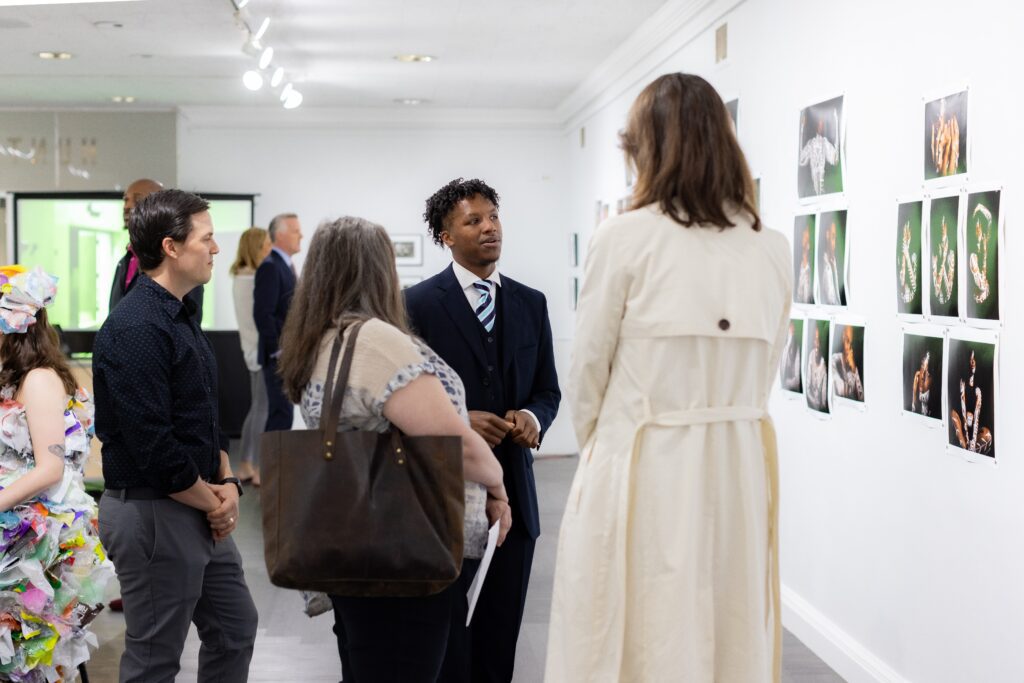

Why minor in Art History at Mary Baldwin?
Mary Baldwin’s Art History minor ensures a strong foundation in, and greater exposure to, relevant themes and currents in art history, and can complement majors in Theatre and English.
But the minor isn’t just for students studying the fine arts. Art History is relevant to History and Public Policy majors for the ways in which it delves into past and current events, and provides useful information about human behavior and culture which can enhance the study of Psychology. Marketing and Business majors will appreciate Art History for its ability to spark creativity and improve visual literacy. This is all because Art History is ultimately about communication across time and space, it’s an excellent minor that pairs well with any degree program.
Mary Baldwin also offers a number of unique opportunities for Art History minors:
Internships and Trips
Many opportunities exist in Staunton for internships at museums, art centers, the Historic Staunton Foundation, the Woodrow Wilson Presidential Library, the Staunton Augusta Art Center, and other historic landmarks.
MBU’s Art History faculty also maintain good working relationships with many museum professionals across the nation. Mary Baldwin students have interned at Sotheby’s, the Chrysler Museum in Norfolk, and the Virginia Museum of Fine Arts in Richmond. Students also have opportunities to present their research nationally, such as for the Southeastern College Art Conference.
Hunt Gallery
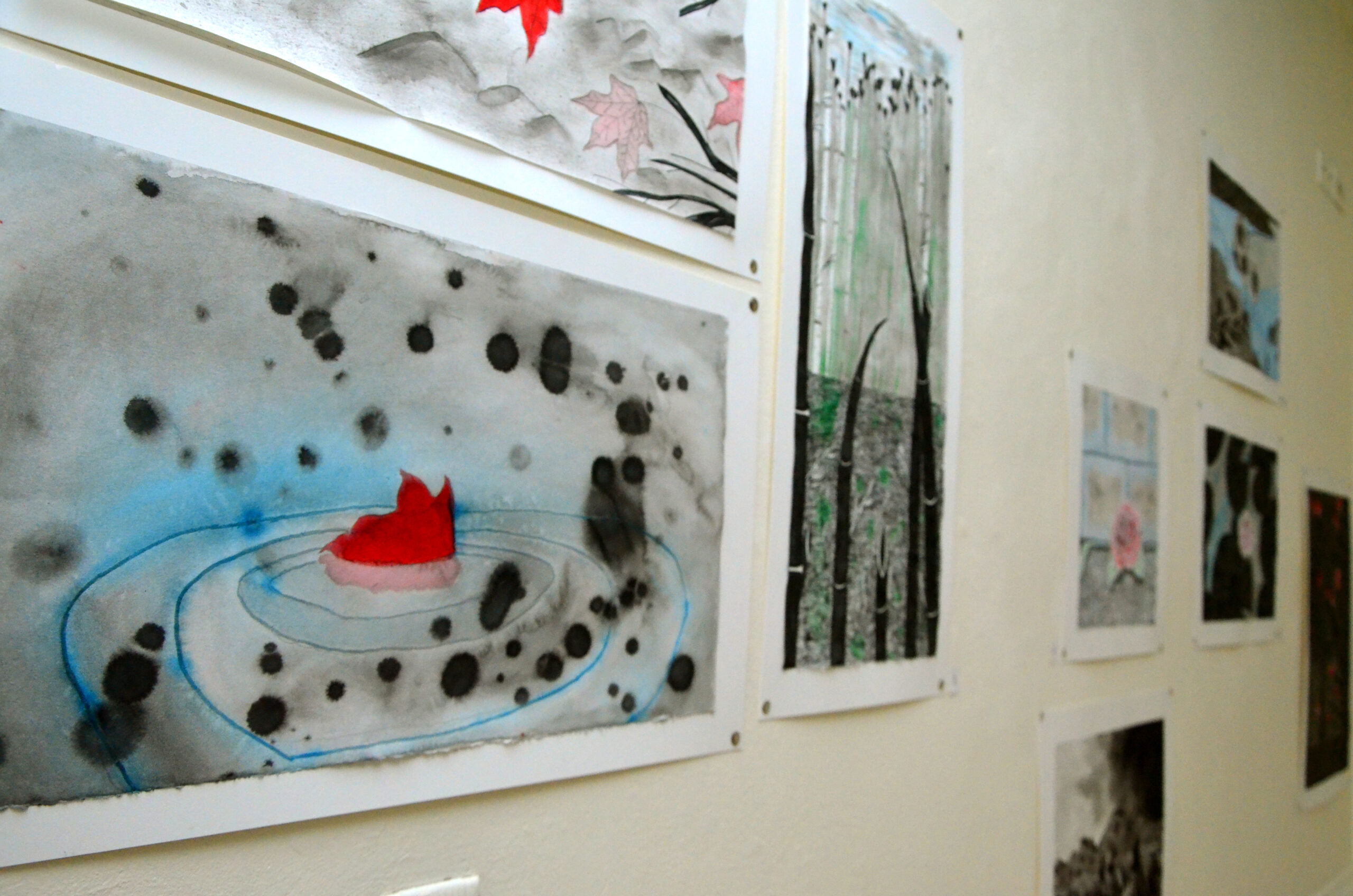
Mary Baldwin is home to the Lyda B. Hunt Gallery of contemporary art. Each year, the Hunt Gallery hosts four contemporary exhibitions featuring both emerging and established artists with regional, national, and international recognition.
The gallery also exhibits works by faculty and students and can be a great opportunity for Studio Art minors to explore other artists and present their own work. Minors may also intern with the Hunt Gallery.
Firestone Lecture Series
The annual Firestone Lecture Series in Contemporary Art was initiated in honor of Ray A. Graham III to honor the creative work and accomplishments of artist and art psychotherapist Susan Paul Firestone (MBU ’68). Each year, a renowned contemporary artist is selected to speak about their work and mission to Mary Baldwin students. Previous speakers have included award-winning photojournalist Brian Palmer, internationally acclaimed filmmaker Kevin Everson, and New York-based artist Marsha Cottrell.
Annual Capstone Festival
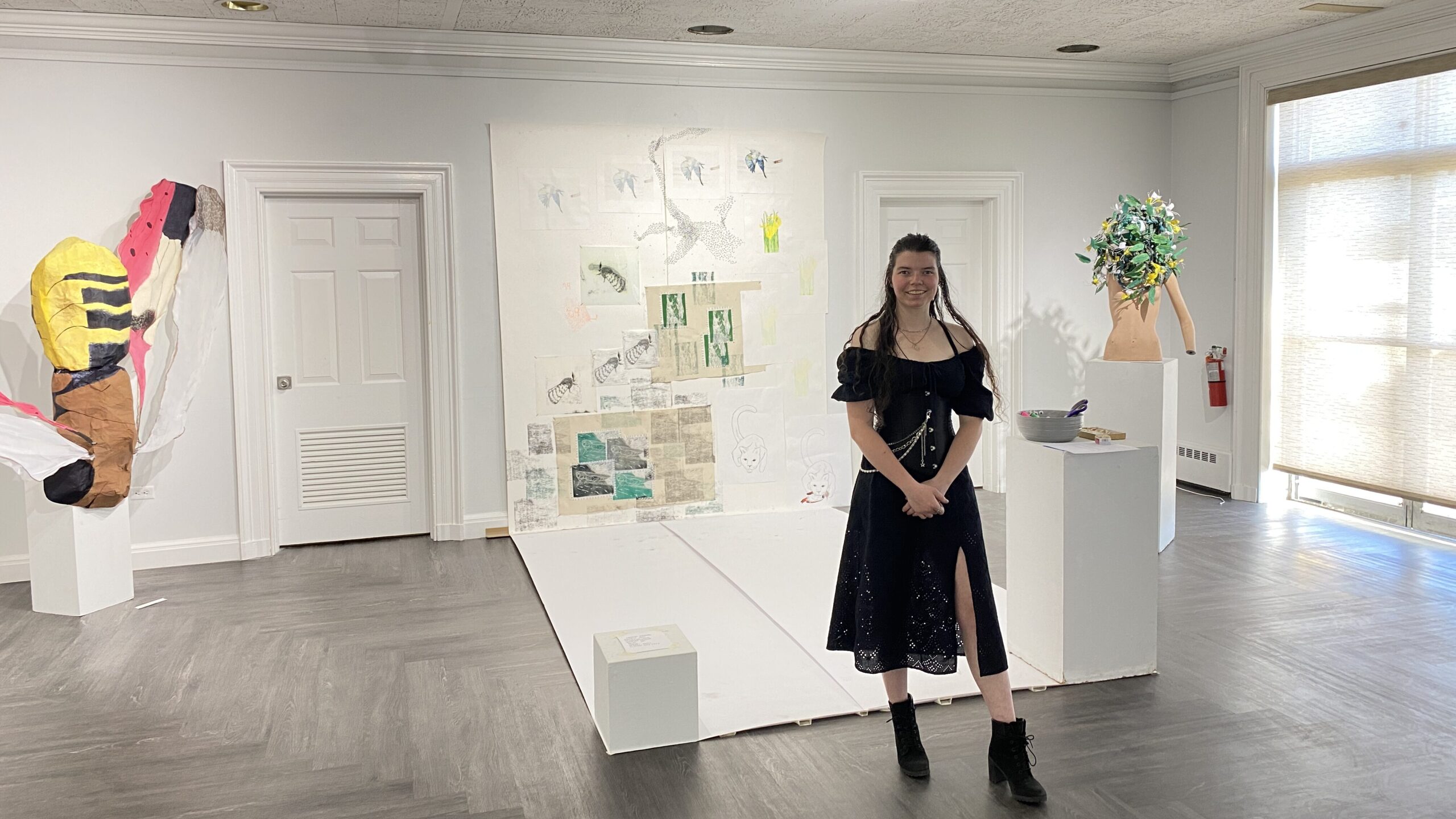
The Capstone Festival gives outstanding seniors an opportunity to present their scholarly and artistic works to the wider campus community and the public. Many Art History minors are nominated for their work and research, such as Grace Gardner (’24).
Grace’s capstone summarized her work as an intern for the Hunt Gallery. In this role, she coordinated numerous exhibitions, such as The Cuts of Creativity, the BAAR exhibition: Stories and Histories, and We Are Here! that fostered community engagement with new forms of media and art. She also established goals for the Hunt Gallery, such as pursuing transdisciplinary and transcultural approaches to gallery experiences, structures, and exhibitions to make the gallery more welcoming to everyone, not just high society.
Next steps
Minor Requirements
Mary Baldwin’s curriculum introduces art history to learners through inquiry and interpretation, considering the relevance of the past to the present. Additionally, the curriculum will explore the influence of visual arts and cultural objects on society in general; their context, purpose, and meaning; research methods; the experience of making art; and a broad range of skills required at the 100, 200, and 300 levels including observation, analysis, critical thinking, writing, and communication skills.
Sample Courses
This art history course orients students to the elements and principles of art, modes of expression, and thematic content through the lens of the narrative in art. Who are the heroes, changemakers and leaders across time and culture in art? What are the major events in history, beliefs, and ideologies that influenced the making of art in the pre-modern world? This course will explore these questions with form, content, and context in mind.
This course will consider the role of women, generally, but more specifically the intersection of gender, sexuality, race, ethnicity, religion and economics in the history of art. Women have historically been marginalized in the art world. This course will examine this history and works of art from a traditional and feminist perspective while examining the Western historical power dynamic that relegated women to domestic subject matter and needlework, for example, while exploring how this is not necessarily the case in other cultures. This course will open up the view to include artists with different stories and backgrounds as changemakers in the study of art.
This course will study the development of Modern thinking in visual art and the artists who broke from the tradition of art making established during the Renaissance. Focusing on Modern art in the 19th and early 20th centuries, recognizing its roots in the West while moving beyond the Academy to include a more global perspective, this course will uncover the evolution of influencers and influences; themes of language and semiotics; materials; and contradictions within a historical, political, economic, ritual, science, and technological context. Students will engage in a critical dialogue with the works of art and themes by writing analyses, reviews, and critical essays.
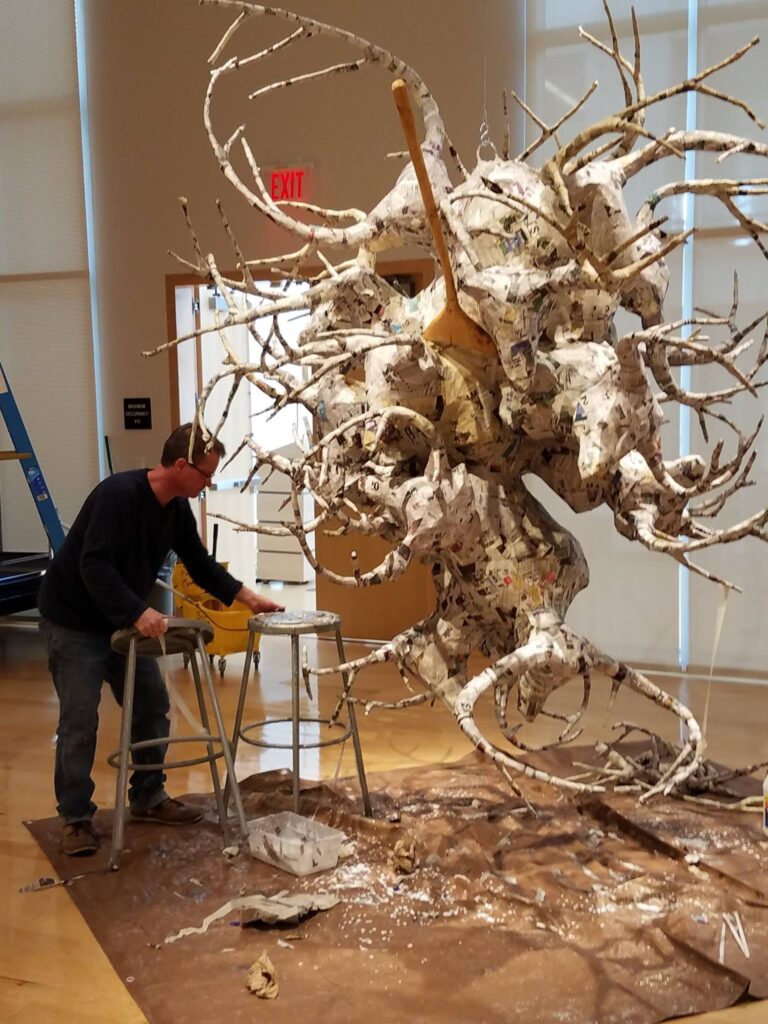
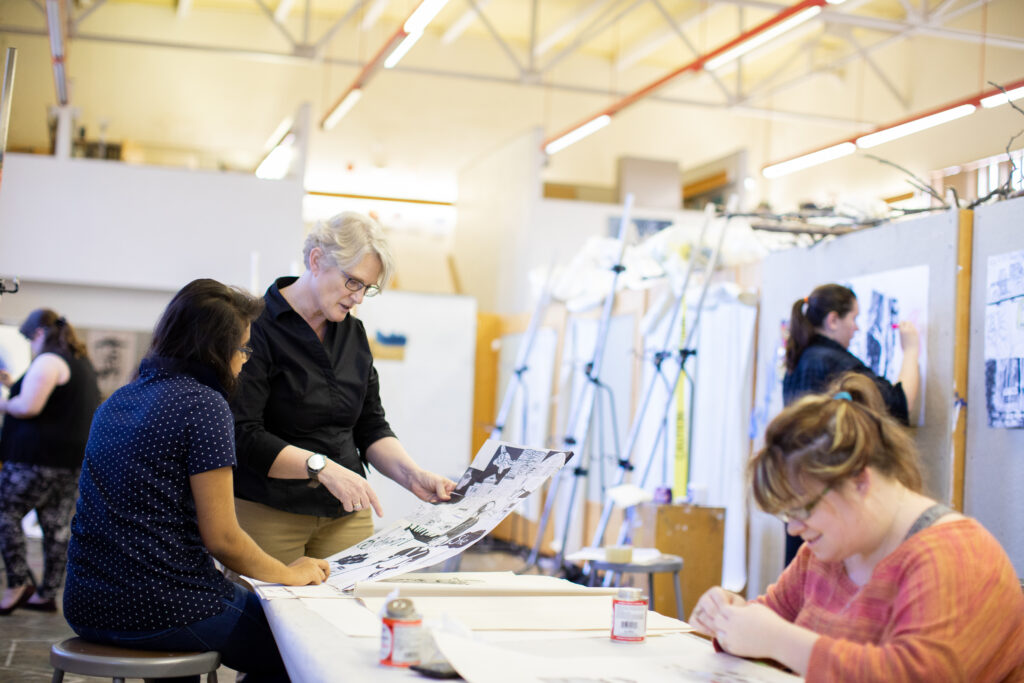
Our Faculty
Our School’s talented faculty is as passionate about teaching and mentorship as they are about their own creative endeavors.
